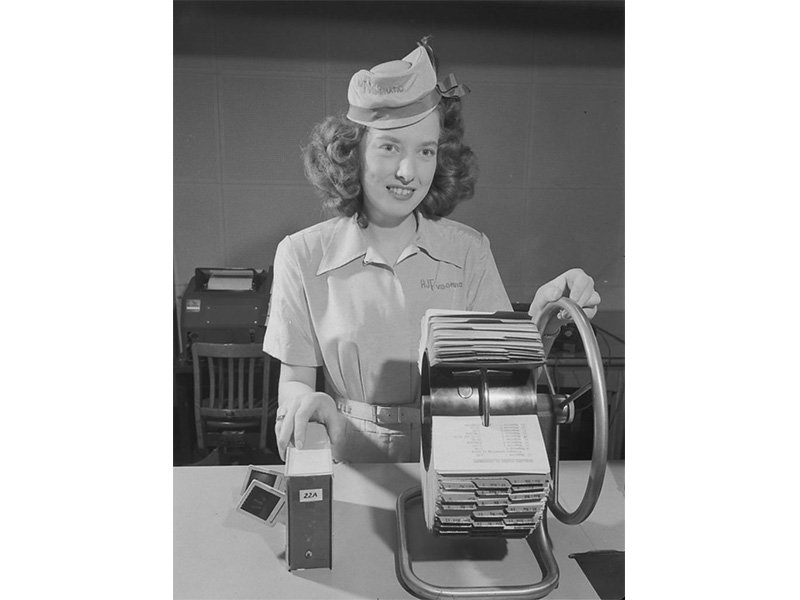Lawrence Freiman, a businessman in the 1950s, had the idea of creating a store to start a new way for people to make purchases. He named it “Vis-O-Matic, ” the predecessor to online internet shopping.
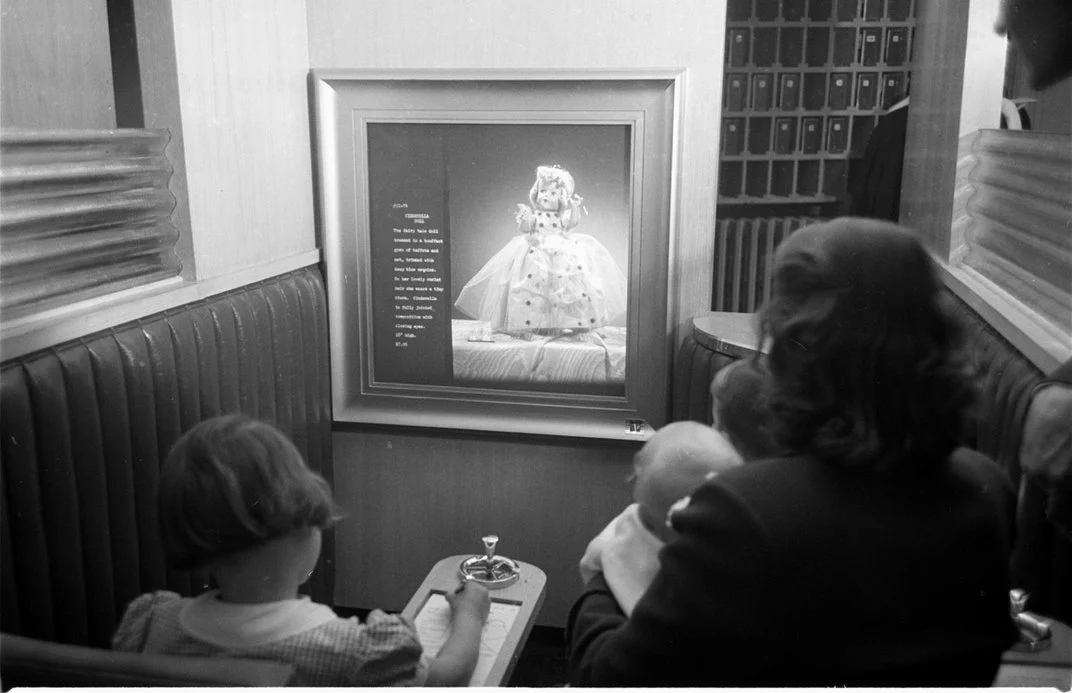
With “Vis-O-Matic,” the Amazon Prime of its time, it operated as a store filled with televisions where the customers sat down, ordered products off what they saw on the screen, and then went home to wait for the company to ship the purchases directly to them.
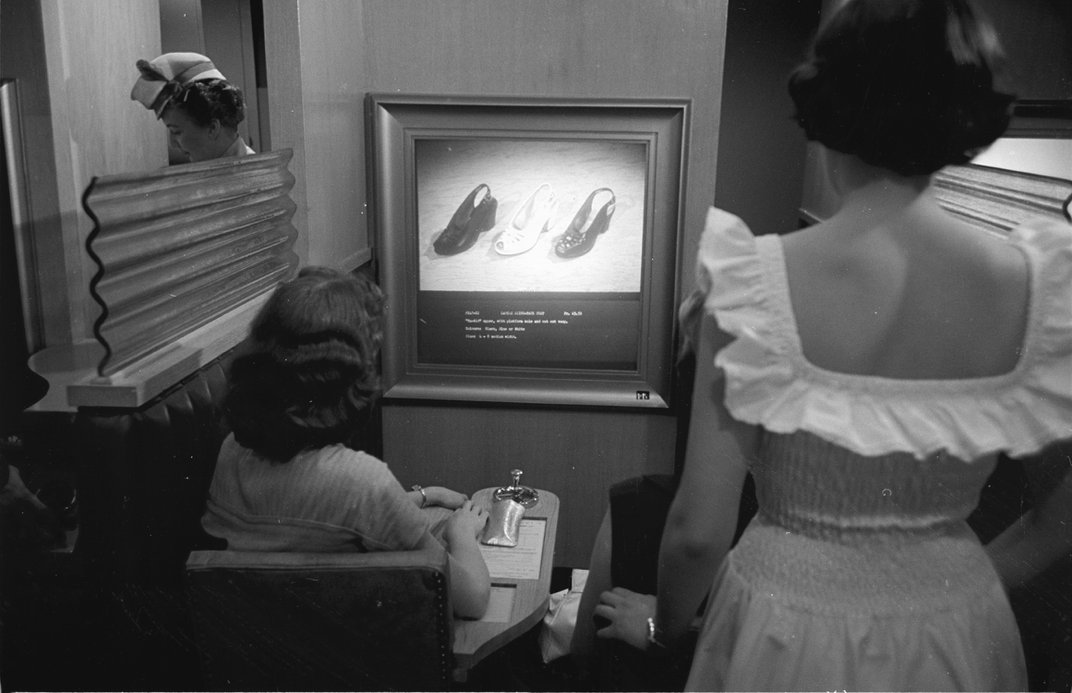
According to The Pembroke outpost in Ontario, Canada, the Globe and Mail was “a small air-conditioned shop on the main street, fitted with booths and screens on which colour pictures of merchandise articles are to be flashed.”
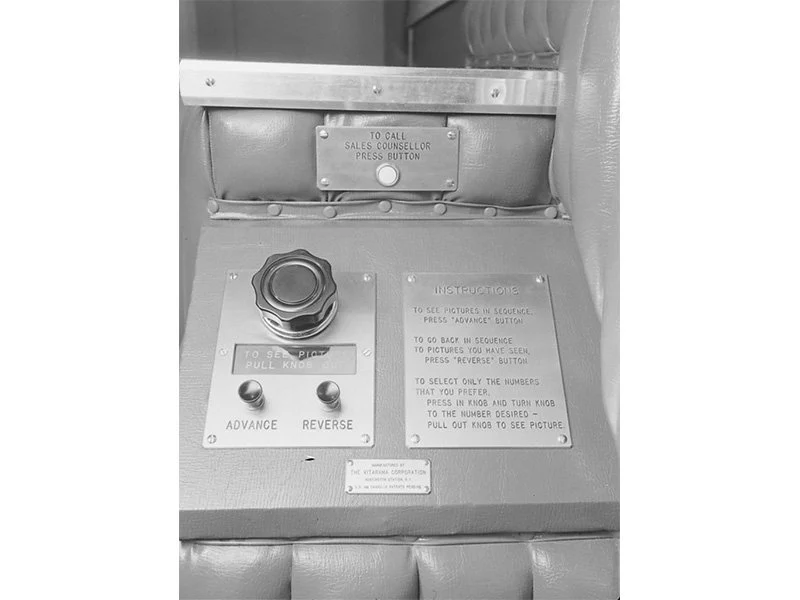
The customers sat in front of these booths with 27-square-inch colour televisions. While the various product catalogues were arranged like the microfilms in libraries, the staff could change the images on the screen to suit the customer’s desire.
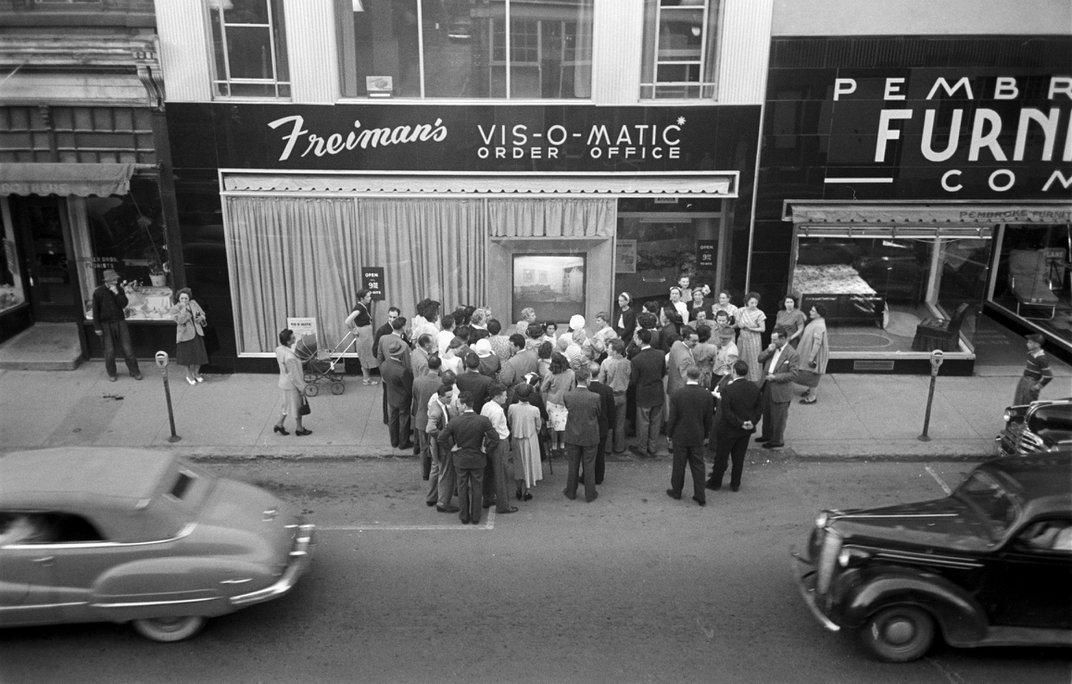
Each booth had three buttons, the advance button that lets you move forward, the reverse button that allows you to move backwards and the knob that enables you to skip numerous pictures. After a customer made their order, they wrote it down on the notepad that was part of the booth’s armrest. They gave the orders to one of the salespeople to send to Ottawa, and the next day, customers received their items.
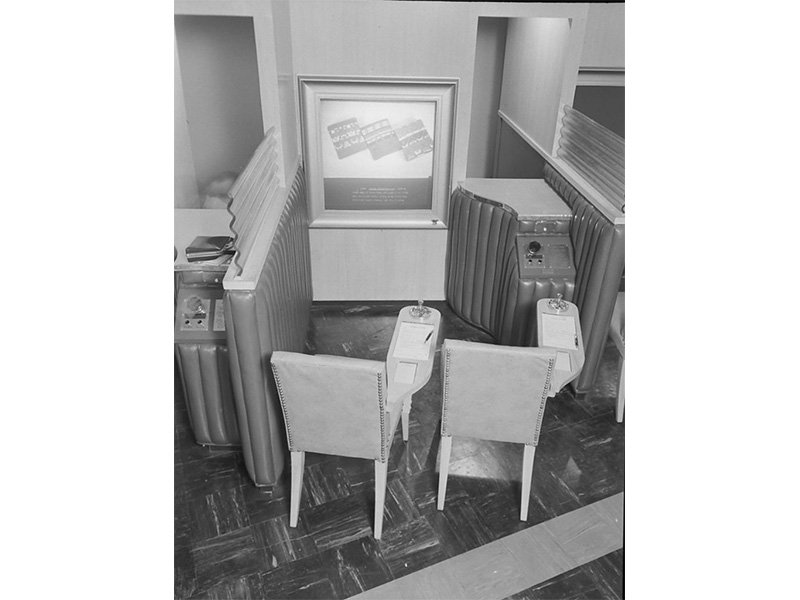
Despite the mall being an experiment, it proved that almost anything could sell without being physical. Thousands of customers used the Vis-O-Matic, and most of the items ordered in the store were clothing and shoes; radios and linoleum were also sold there.
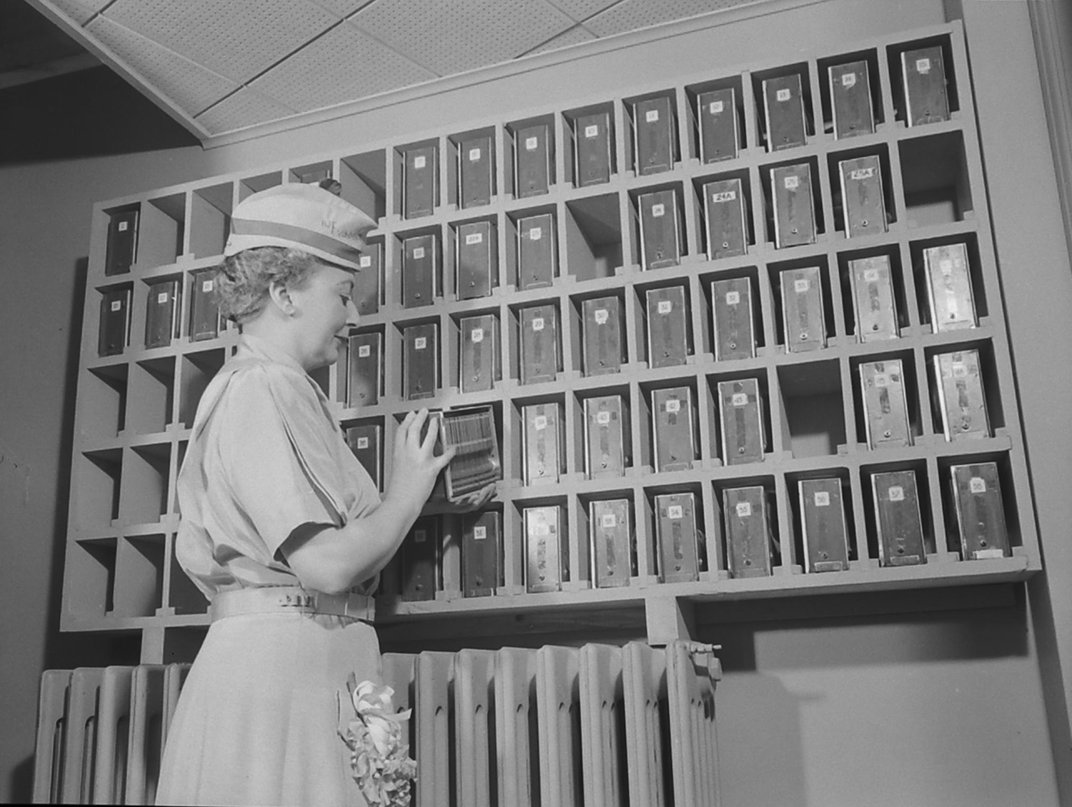
The cost of shipping these items was high, so the business wasn’t profitable. Lawrence Freiman was very cautious about the company due to the finances. While the people of Pembroke were sure that it had come to stay, Lawrence was showing what was possible.
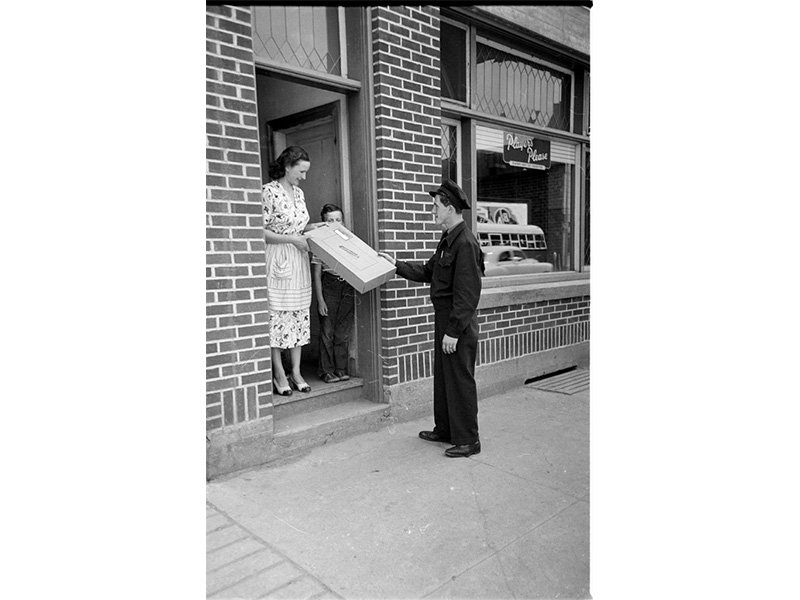
There was no report between 1951 and 1971. It was eventually sold to retail giant Hudson’s Bay.
